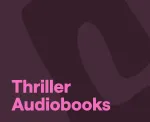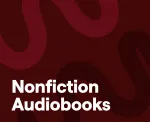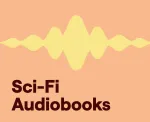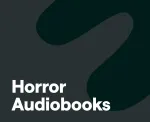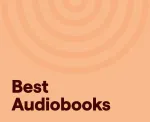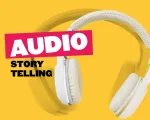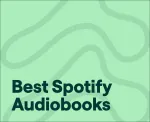
These Are the Best Audiobooks on Spotify in 2025
Spotify's audiobook collection has exploded in recent years, transforming the platform into a book lover's paradise. There's now a world of stories at your fingertips, from edge-of-your-seat thrillers to heartwarming romances.
Feeling a bit overwhelmed by all the choices? No worries. We've put together a list of the best audiobooks
